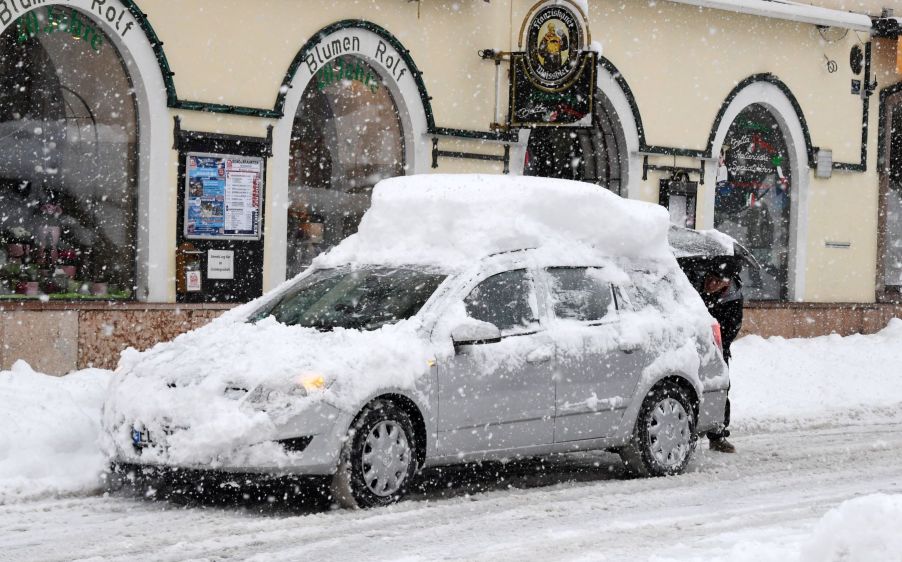
Snow in Your Exhaust Pipe Could Lead to Some Serious Health Problems
Winter driving is no big deal in sunny Southern California. Almost everywhere else, winter driving includes snow, which changes the rules of the road a little. For example, driving with snow on your car is dangerous and illegal. So, driving safely in the snow means being prepared and alert.
It is interesting to note that following the best snow management tips for winter driving can also seriously impact your health. In the case of your exhaust pipe, snow could create a blockage that may have severe effects on your health that you might not even notice while driving.
Clear your exhaust pipe of snow before starting a car

Depending on where you live, your car might be buried under a pile of snow. It is tempting to do a cursory brushing off and clear a little space on the windshield so that you can see. However, removing the exhaust pipe of snow before starting a car is also very important because a blocked exhaust could lead to carbon monoxide poisoning.
As noted by CNY Central, when carbon-monoxide-containing fumes have no place to escape to, they will move inside the cabin. Another danger is the possibility of having oil trapped in the pipe. If you are idling and the snow prevents the exhaust from venting properly, the tailpipe might heat up. This is the perfect storm for a potential fire.
First, clear the exhaust pipe and then focus on the safety zones
Getting on the road safely in the snow means giving yourself a little extra time. If you are still playing around with a routine, start with the tailpipe. Z 107.3 reminds you that it is easy to get distracted, which is why you should clear the exhaust pipe before starting the car. The buildup of carbon monoxide in the cab is impossible to detect by smell.
Next, clear all the windows. Remember that even a little leftover snow can result in the creation of a blind spot. Experts suggest keeping a spray bottle with a 50-50 mix of water and rubbing alcohol on hand. It doesn’t freeze and lets you melt snow off the vehicle’s windows easily. Of course, you will still need a snow scraper tool. A long-handled brush will help you get rid of the rest built up on the vehicle.
If you do not heed these safety precautions, you may see red and blue lights in your rearview mirror. Depending on the state you drive in, tickets for snow and ice on car windows or roofs can run the gamut from $75 to $1,000.
Prepare for winter driving like a pro
Know whether studded tires are better than regular winter tires for the roads you will be driving on. If the forecast calls for snow, spread a heavy-duty tarp over the car. Getting rid of the snow in the morning will be as simple as sliding off the cover. Use the broom for clearing off any snow that falls on the vehicle in the process. Follow up with the water and rubbing alcohol solution to eliminate ice buildup on the windows.
If you do not have a tarp handy, you might also use cardboard and put it over the windshield and the rear window. You still need to clean off the snow on the roof, but at least you can save some time with the windows.


